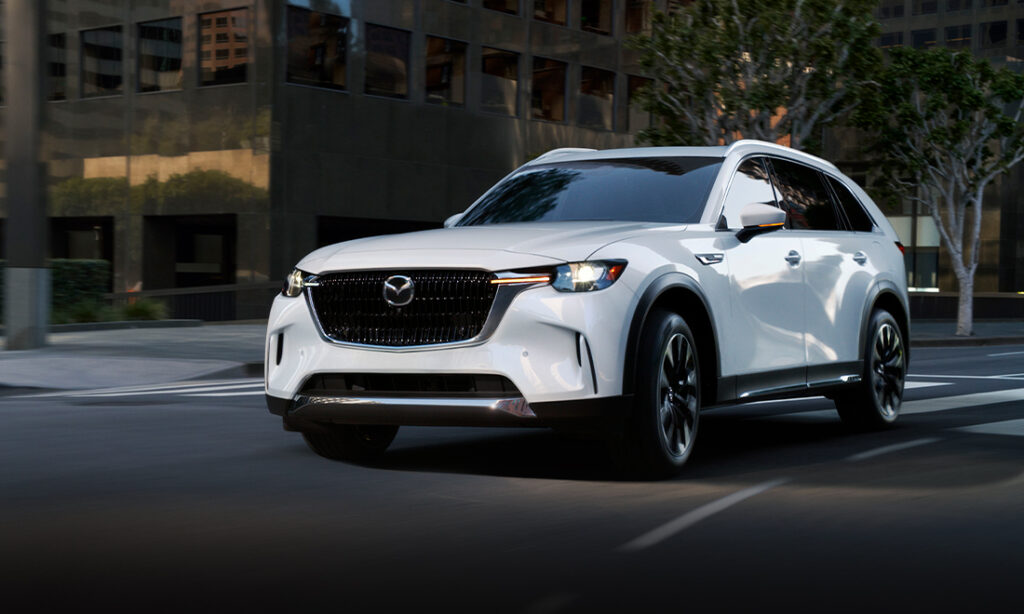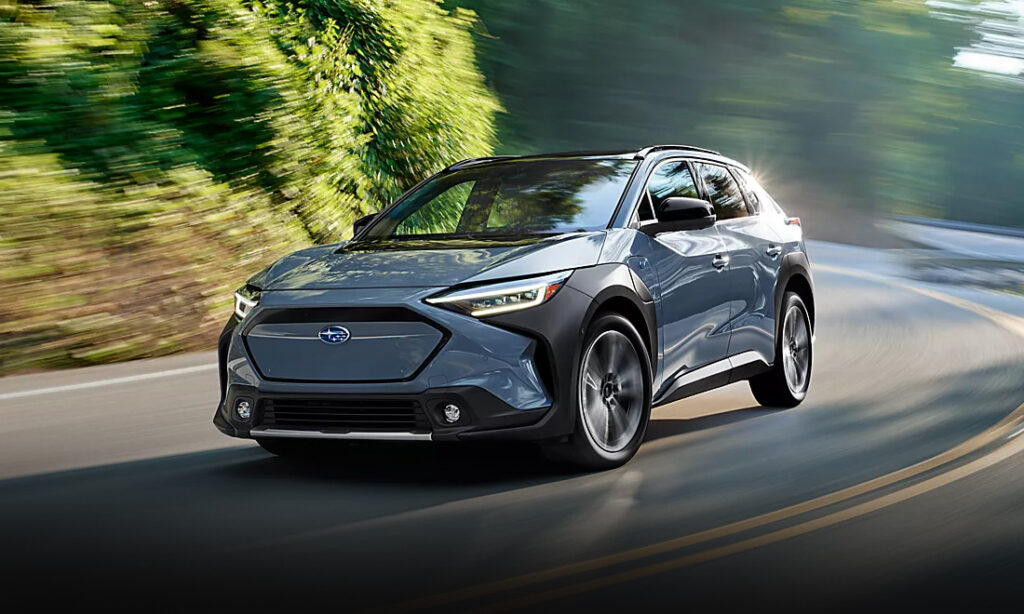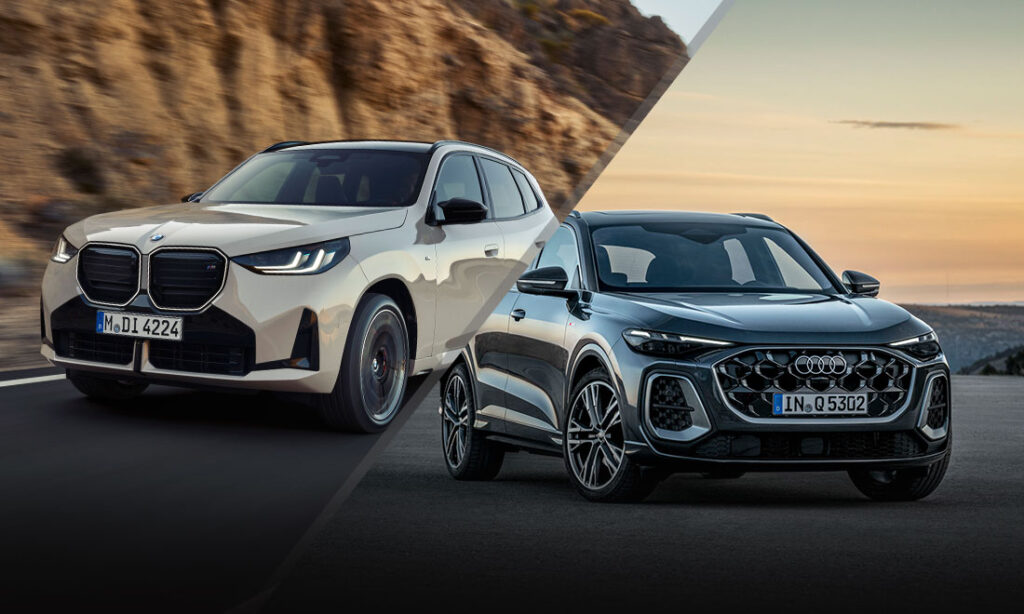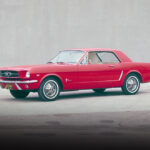The Hottest Muscle Cars on the Market
With collectors flush with cash, today’s market for muscle cars has gotten red hot. These are some of the most expensive and sought after.Collectors’ Classics
In case you haven’t heard, prices have been on the rise lately and nowhere is that truer than the automotive sector. Another area where prices have shot up is in collectables: shoes, trading cards, vintage video games, and the like have seen significant jumps. Looking at the Venn diagram of the two, collectors’ cars, and we find some truly spectacular prices. And especially hot are classic muscle cars, with wealthy baby boomers vying for their own piece of automotive history. Below is a sampling of just some of the most desirable classic muscle cars on the market.
1967 Corvette L88
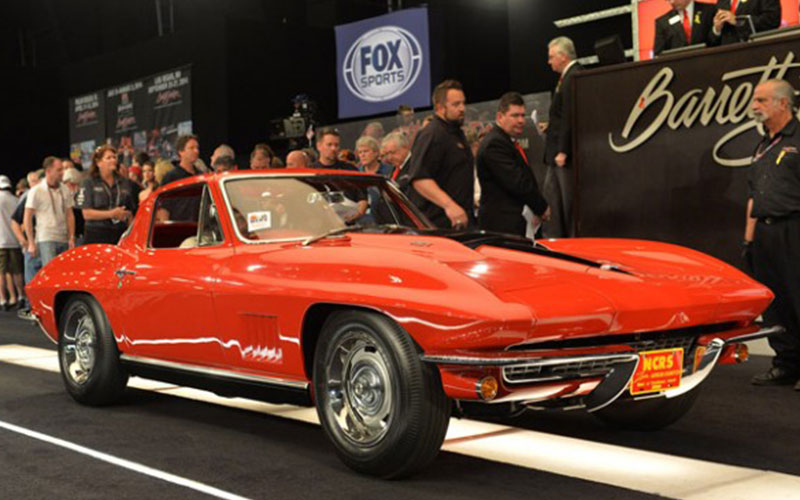
This rare second-generation Corvette gets its name from the RPO L88 427 CID V8 under the hood. Due to the defacto racing ban among Detroit’s automakers, the L88 was the product of a skunkworks project at GM in 1965. Chief engineer Zora Akus-Duntov, often referred to as the father of Corvette, had envisioned the L88 as another in a line of racing Vettes. The L88 was rated to 430 horsepower but actually topped out at close to 550 horses (underrating horsepower was common in the muscle car era and will quickly become a running theme in this article). Just 20 L88 Corvettes were ultimately built. That rarity has kept prices high, with a March 2021 auction for a numbers-matching example topping $2.6 million.
1971 Pontiac GTO Judge Convertible
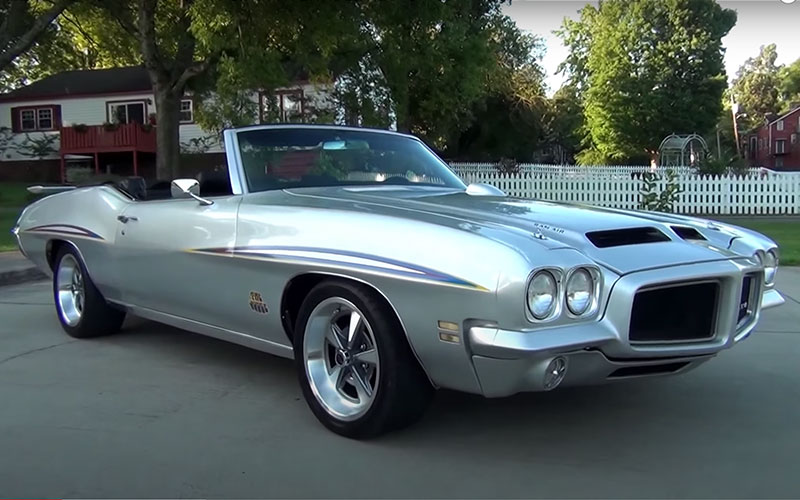
Though the Pontiac GTO is often credited as the very first true muscle car, it wasn’t the biggest seller for GM. By 1971, the GTO’s numbers were flagging. The Judge package gets a lot of hype today, but just 357 were built in ’71 and just 17 of those were optioned as convertibles. This rarity makes the ’71 GTO Judge a highly sought-after collector’s car today. The Judge came standard with a 455 CID V8 making 335 horsepower and 480 lb-ft of torque. Convertible Judge GTOs from 1971 can go for over $200,000. But even regular GTOs are creeping up in price. Good condition examples are typically listed for $70,000 or more.
1965-67 Shelby AC Cobra 427
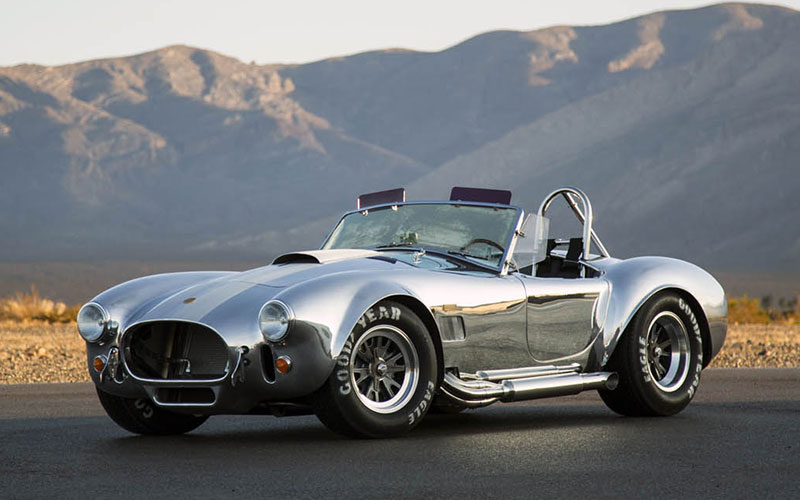
Carroll Shelby’s AC Cobra is the muscle car that all other muscle cars aspire to be, it’s like skydiving in a straight line. Built from 1962 through ’67, the Cobra was a brilliant combination of a British-style lightweight body and a massive Ford V8. The most storied of Cobra variants is the 427 Cobra which ran, you guessed it, a 427 CID V8 producing 425 horsepower and 480 lb-ft of torque. Good power to be sure, but this was in a car that weighed in at just 2,355 lbs., as in Miata-levels of lightness. The 427 Cobra leapt from zero to sixty mph in under four seconds, a mindboggling time in the mid-60s. Just 348 AC Cobras were ever built, making each a major collectors’ piece. Most Cobras go for more than $1 million, but ones with special provenance, like one owned by Shelby himself, have fetch as much as $5 million.
1970 Buick GSX
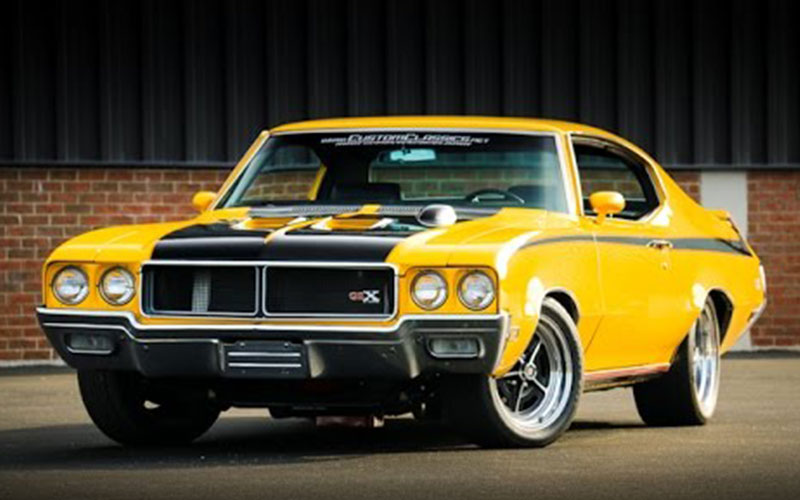
A rare performance car from the Buick brand, the GSX threw down the muscle car gauntlet with a gigantic 455 CID V8 that produced a staggering 510 lb-ft of torque, record number for an American production car that stood for 33 years. The GSX was a striking car that featured a hood-mounted tachometer, full-length striping, and rear spoiler. It came exclusively in Saturn Yellow or Apollo White. The Stage 1 version, with a four-speed manual, is especially rare with just 118 out of the 678 total GSXs ever built. Today the Buick GSX typically goes for between $100,000 and $200,000, depending on options and condition.
1968 Dodge Charger R/T 426 Hemi
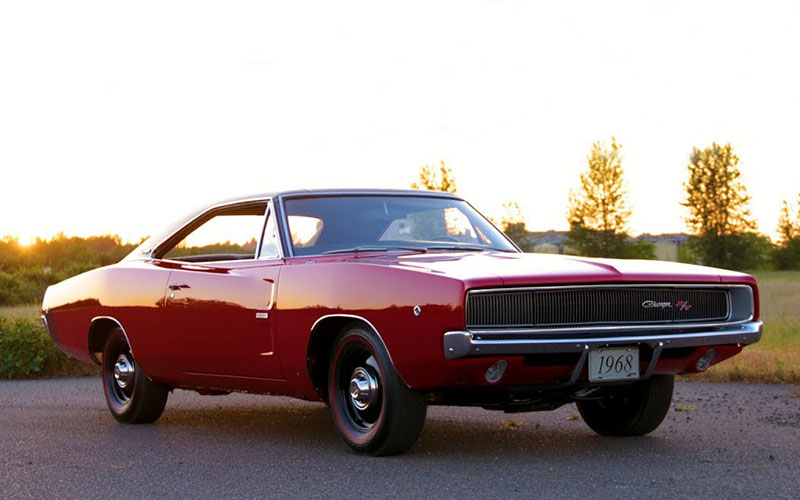
In 1968 some 17,500 the Dodge Charger R/Ts were built; of those just 475 were ordered with the R/T-exclusive 426 Street Hemi V8. Though the engine was rated to an official 425 horsepower, in reality it produced well over 500 horsepower and was good for a zero to sixty time of 4.8 seconds. You’ll find these extra special Chargers going for upwards of $100,000 today.
1970 Chevrolet Chevelle SS LS6
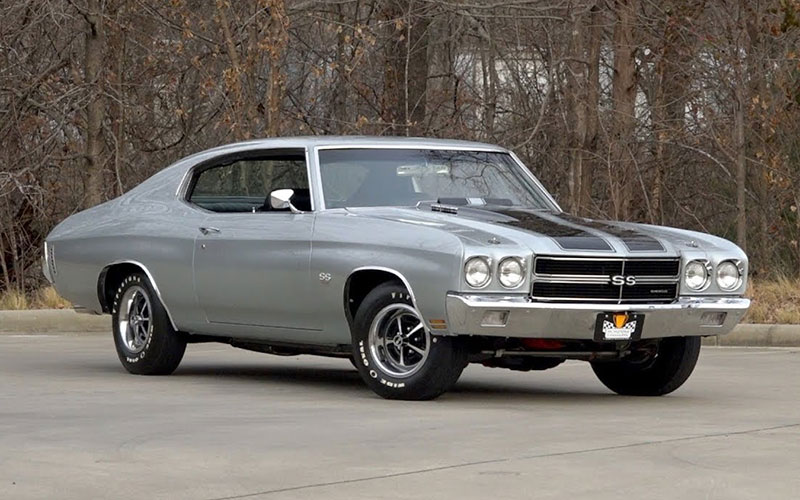
Nicknamed “The King of the Streets,” the 1970 Chevy Chevelle SS LS6 is what’s pictured in the dictionary entry for muscle car. Its 454 CID big block V8 came with a four-barrel Holley carburetor and officially made 450 horsepower and 500 lb-ft of torque, by all accounts a gross underrating. The LS6 version came with a number of required options that included dual exhaust, front disc brakes, and a special rear suspension. Just 4,475 Chevelle SS LS6s were built, covering coupes, convertibles, and El Camino body styles. Today, Chevelle SS LS6s can go for in excess of $250,000.
1970-71 Plymouth Hemi ‘Cuda

The Plymouth Barracuda is known as the first “pony car,” arriving on the market just weeks before the Mustang in 1964 (oddly, “fish car” had failed to catch on in this interval). The relatively low numbers for the Barracuda weren’t great for Plymouth back then, but for today’s collectors that rarity can mean serious money. The convertible versions of the ‘Cuda are particularly rare, with just 14 produced in 1970. With a 426 CID Hemi V8 and shaker hood scoop, these drop tops are major head-turners. Even more incredible is what they can go for at auction, well over $2 million. A 1971 Cuda Hemi convertible equipped with a four-speed manual sold for an eye-watering $3.5 million.
1970 Plymouth Superbird/Dodge Daytona
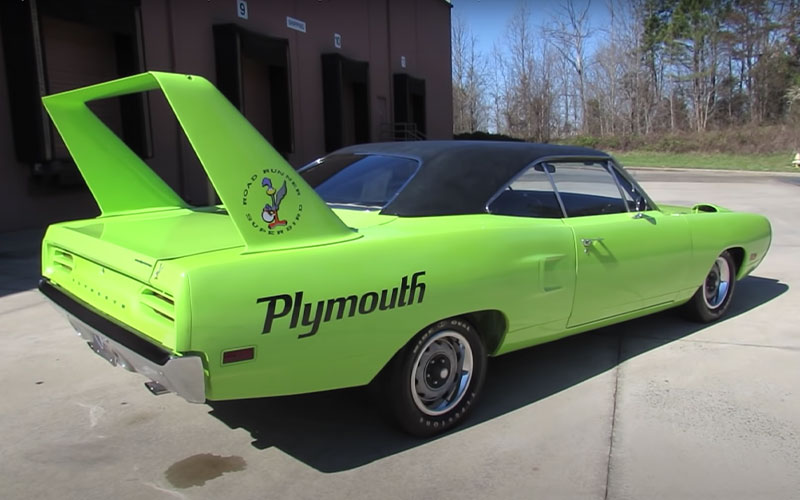
Part of a pair of NASCAR homologation special, the Plymouth Superbird, along with the Dodge Charger Daytona, is best known for its innovative aerodynamics and powerful Hemi. An 18-inch nosecone and 23-inch rear wing lead the Superbird to dominance on the track. It’s 426 CID Hemi V8 made 425 horsepower and came equipped with a four-speed manual. The combination proved so potent that in 1971, NASCAR issued a de facto ban, limiting such “aero-cars” to a maximum displacement of 305 CID (5.0L). Just over 1,900 Superbirds were built and less than an estimated 1,000 still exist today. The combination of racing legacy and rarity have pushed values to over $200,000, with some examples doubling that amount.
1969-70 Ford Mustang Boss 429

Another NASCAR homologation car, the Mustang Boss 429 was a short-lived but legendary Mustang variant. The project started with a Ford 385 engine specially modified for racing. The 429 CID big block V8 originally produced 375 horsepower but up to 500 could be coaxed out with tuning. So large was the 429 that Ford called in Kar Kraft to help modify the Mustang’s engine bay to fit the motor. (You’ll recall Kar Kraft from their designs of the MkII and MkIV GT40s.) To accommodate the engine, the shock towers were widened, the A/C deleted, and the battery moved to the trunk, which also helped rebalance the weight distribution. A total of 1,359 Boss 429s were built for the 1969 and 1970 model years. Today they can run between $100,000 and $400,000.
1969 Chevrolet Camaro ZL1

This rare variant of the ‘69 Camaro, the ZL1, only saw 69 total units built. Fifty of those were ordered by one dealer, Fred Gibb. Like other limited production Chevy’s of the era, the ZL1 was a COPO (Central Office Production Order) special order. The ZL1 was ordered with a Can Am series 427 CID aluminum big block V8, incidentally based on the Vette L88’s iron block V8. It’s 430 horsepower, like so many other engines on this list, was grossly underrated and was in fact well over 500 horsepower. Due to their low numbers, the Camaro ZL1 is often priced at over $1 million.



